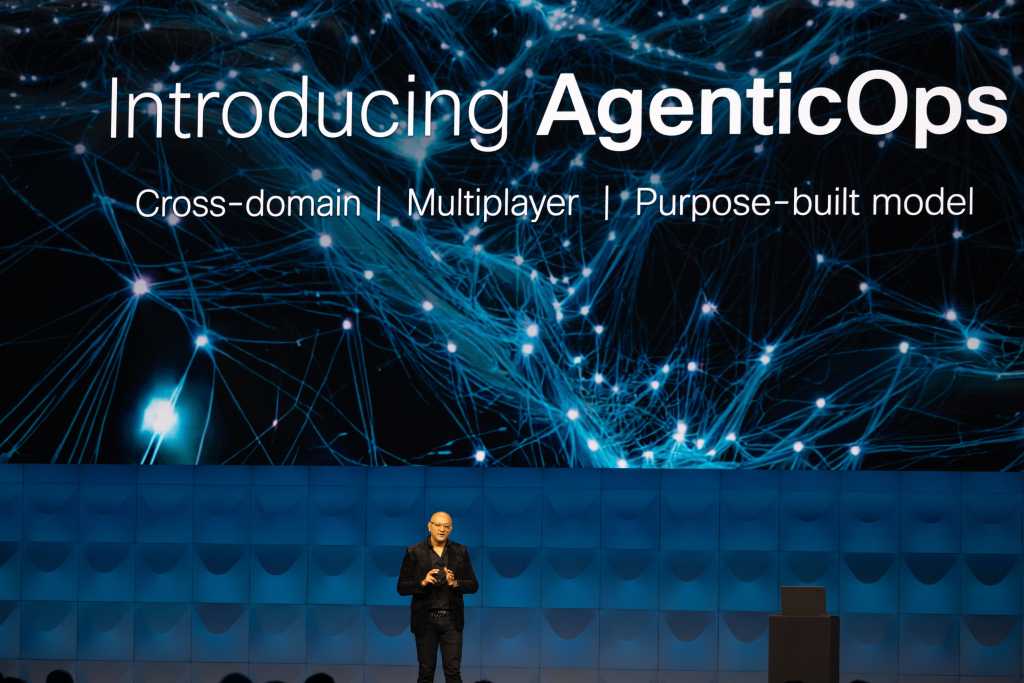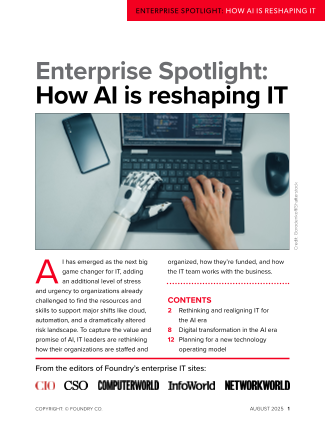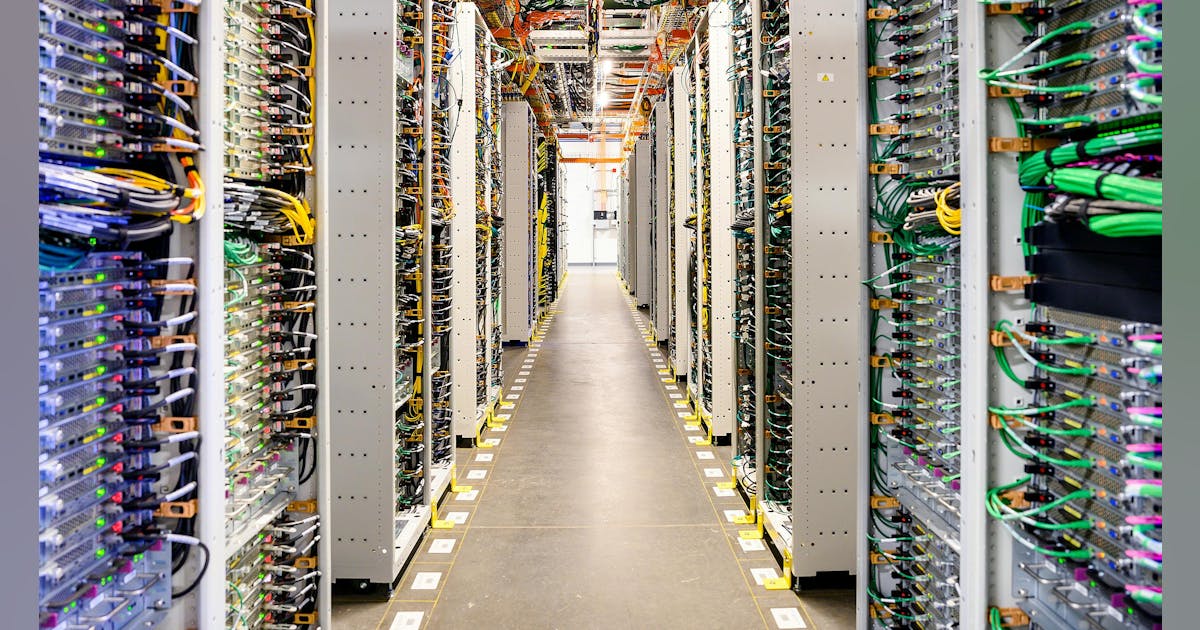
“Team members can share dashboards with colleagues and save them to persist across sessions,” Dhingra wrote in a blog post. “AI Canvas uses advanced reasoning models to break down troubleshooting into structured steps. When teams agree on a proposed solution, AI Canvas takes action to fix the problem, from implementing a configuration change to executing steps in a runbook. This collaborative approach uses AI to bring NetOps, SecOps, and other teams together for faster problem resolution.”
It’s a difference maker, according to Neil Anderson, vice president of cloud, infra, and AI solutions with IT service and global systems integrator World Wide Technology.
“Finally, being able to work across all these different silos that an enterprise has had to work with separately for years, and easily mitigate network and security problems, is game changing for customers,” Anderson said. In addition, since the Deep Network Model is built on Cisco’s own knowledge base, the details it feeds AI Canvas will be much more accurate than the sorts of data available from public systems, Anderson said.
The Deep Network Model also feeds the new Cisco Live Protect system, which is a real-time, live patching system that applies security controls at the kernel level to defend against newly spotted vulnerabilities and exposures without requiring switch or router reboots. The Live Protect feature can be triggered or managed via Cisco’s AI assistants or Hypershield workflows.
Agentic AI
Cisco talked extensively at the event about the emerging world of agentic AI, where AI agents can share information, collaborate, reason, and take autonomous actions in real-time, Sampath said.
“Cisco’s vision integrates cutting-edge capabilities, including automated agent discovery, delegated authorization, secure zero-trust agentic access, and native support for the Model Context Protocol (MCP),” said Jeetu Patel, Cisco’s president and chief product officer (pictured above at Cisco Live keynote). MCP offers a standardized way for AI models to interact with external tools and services, such as code repositories, databases and web services.




















